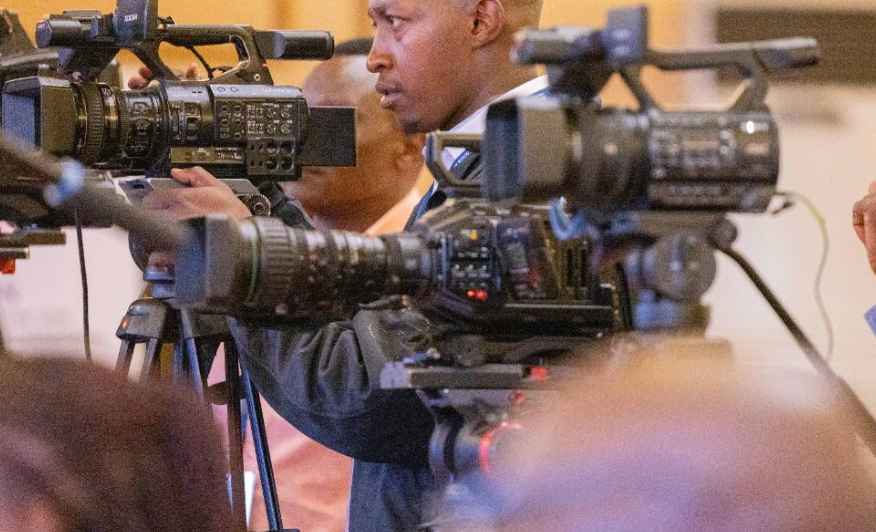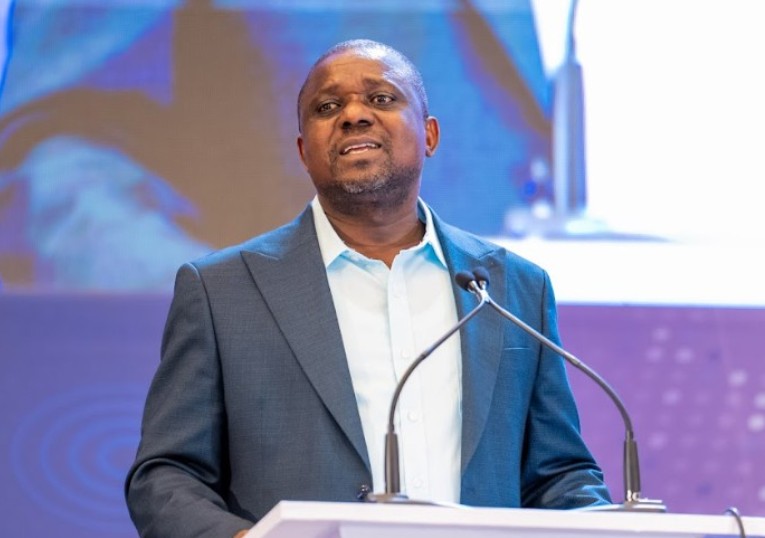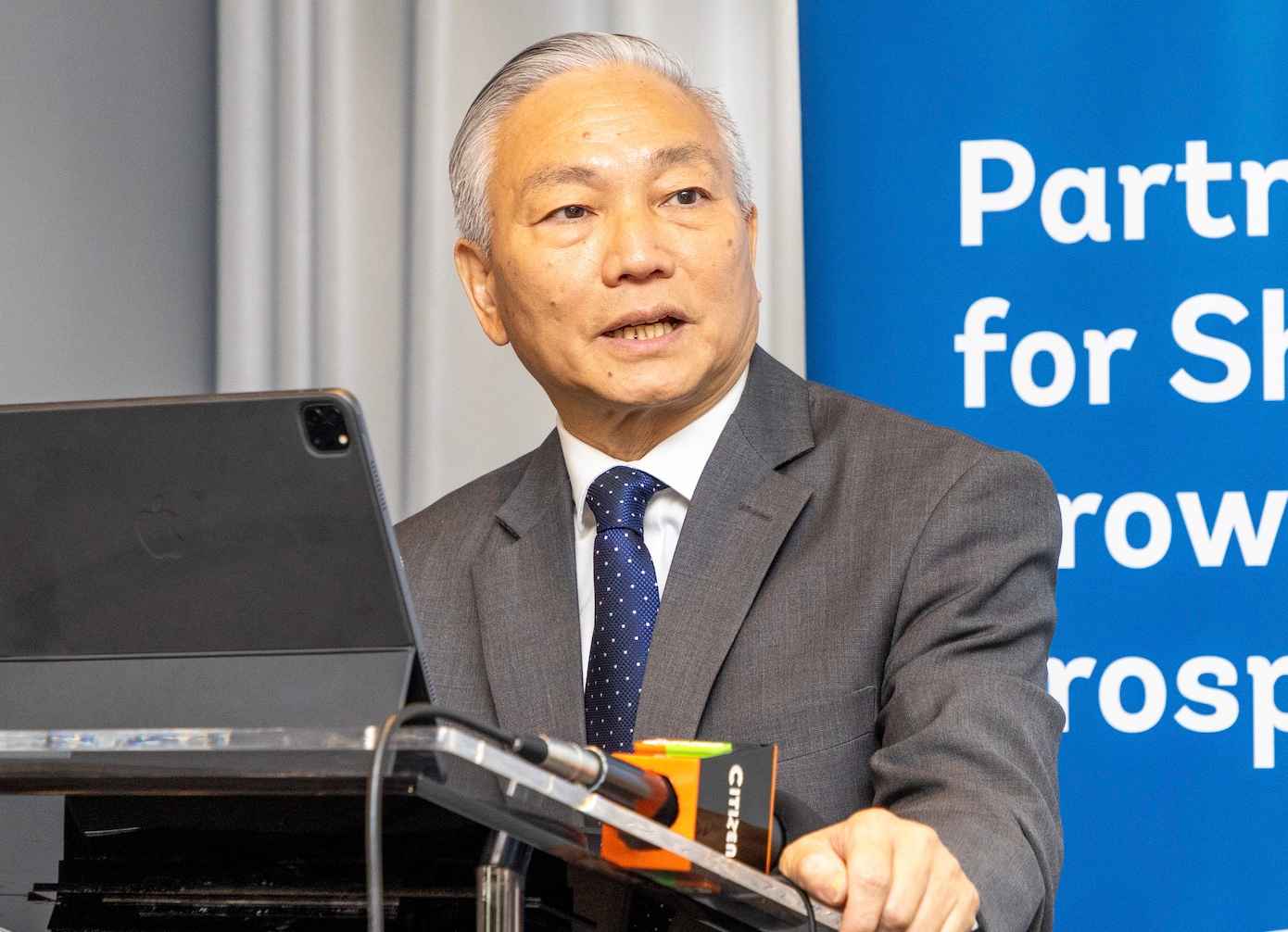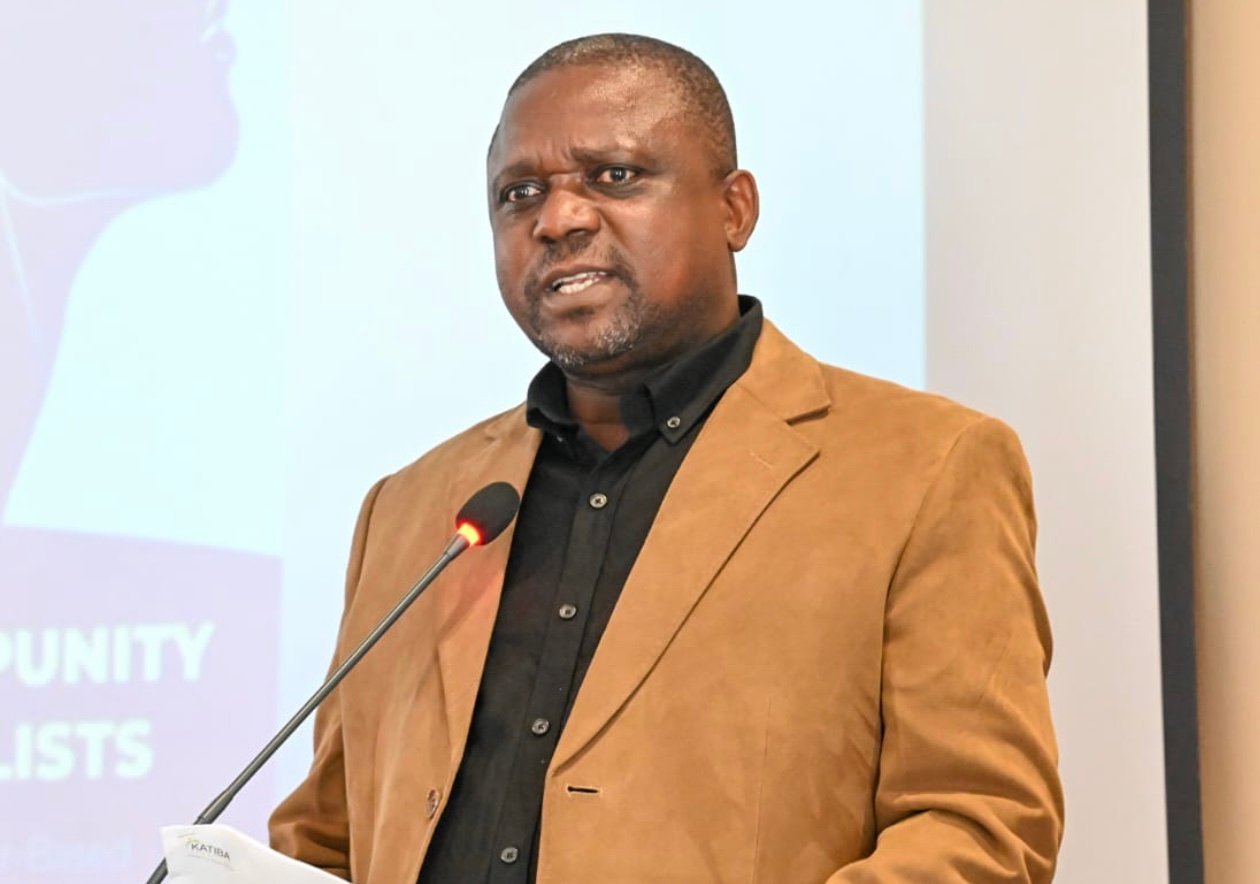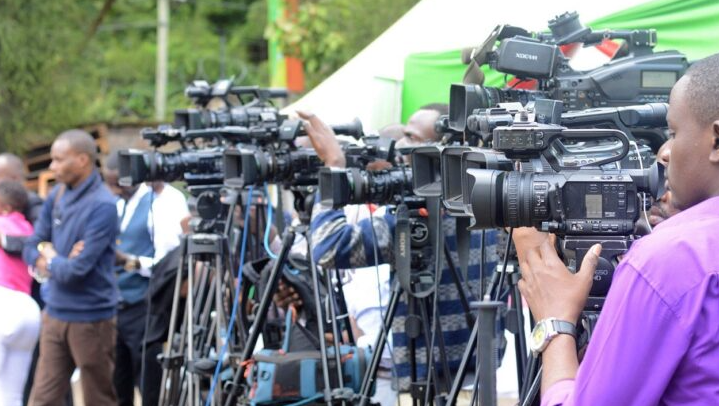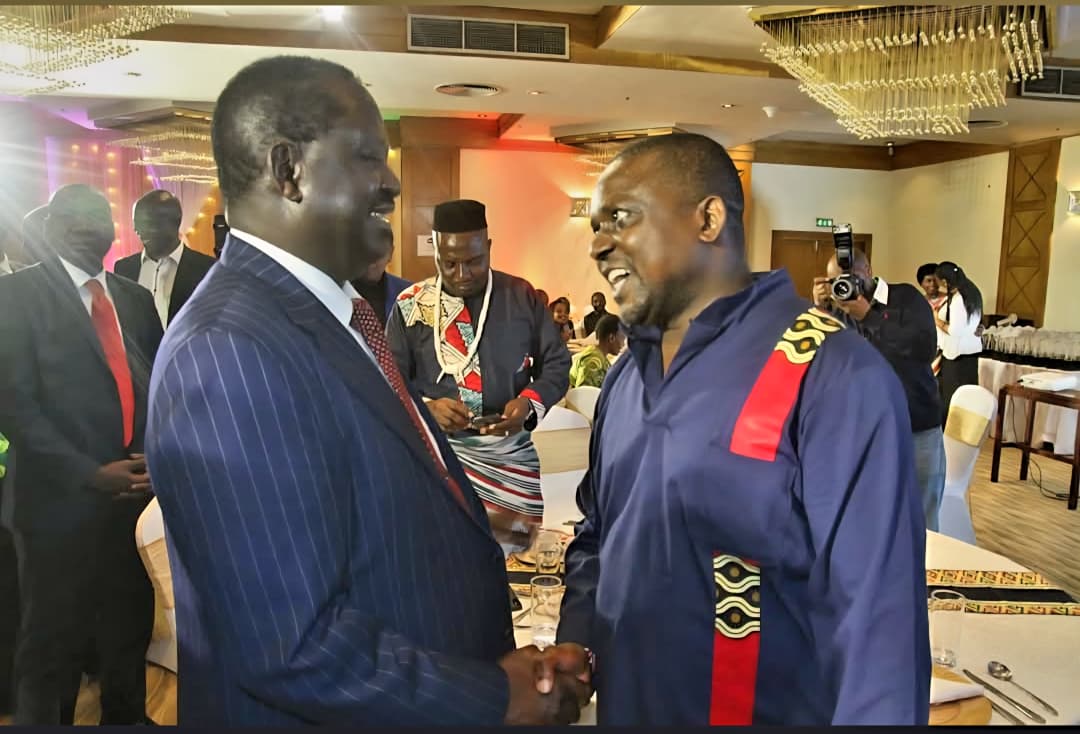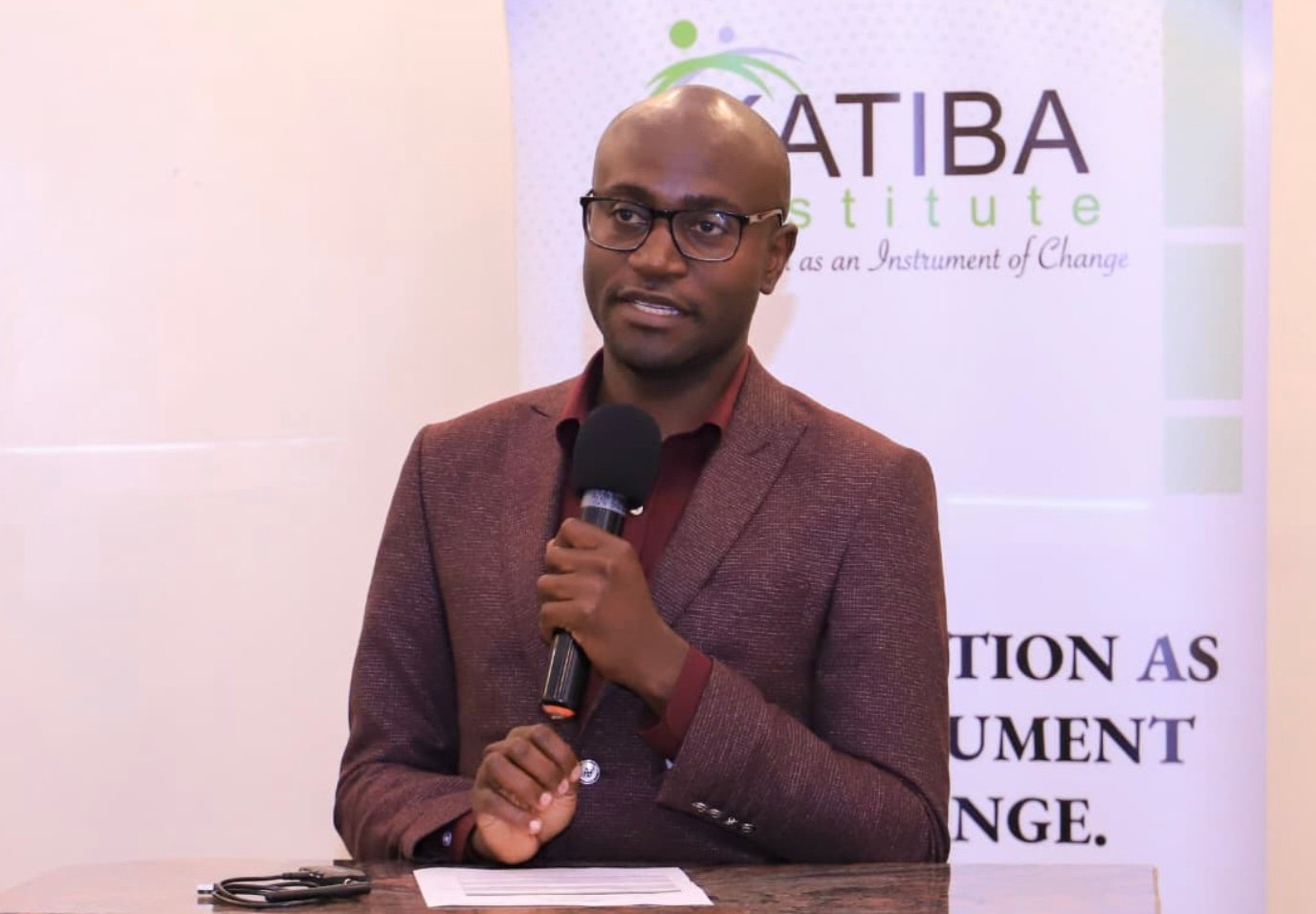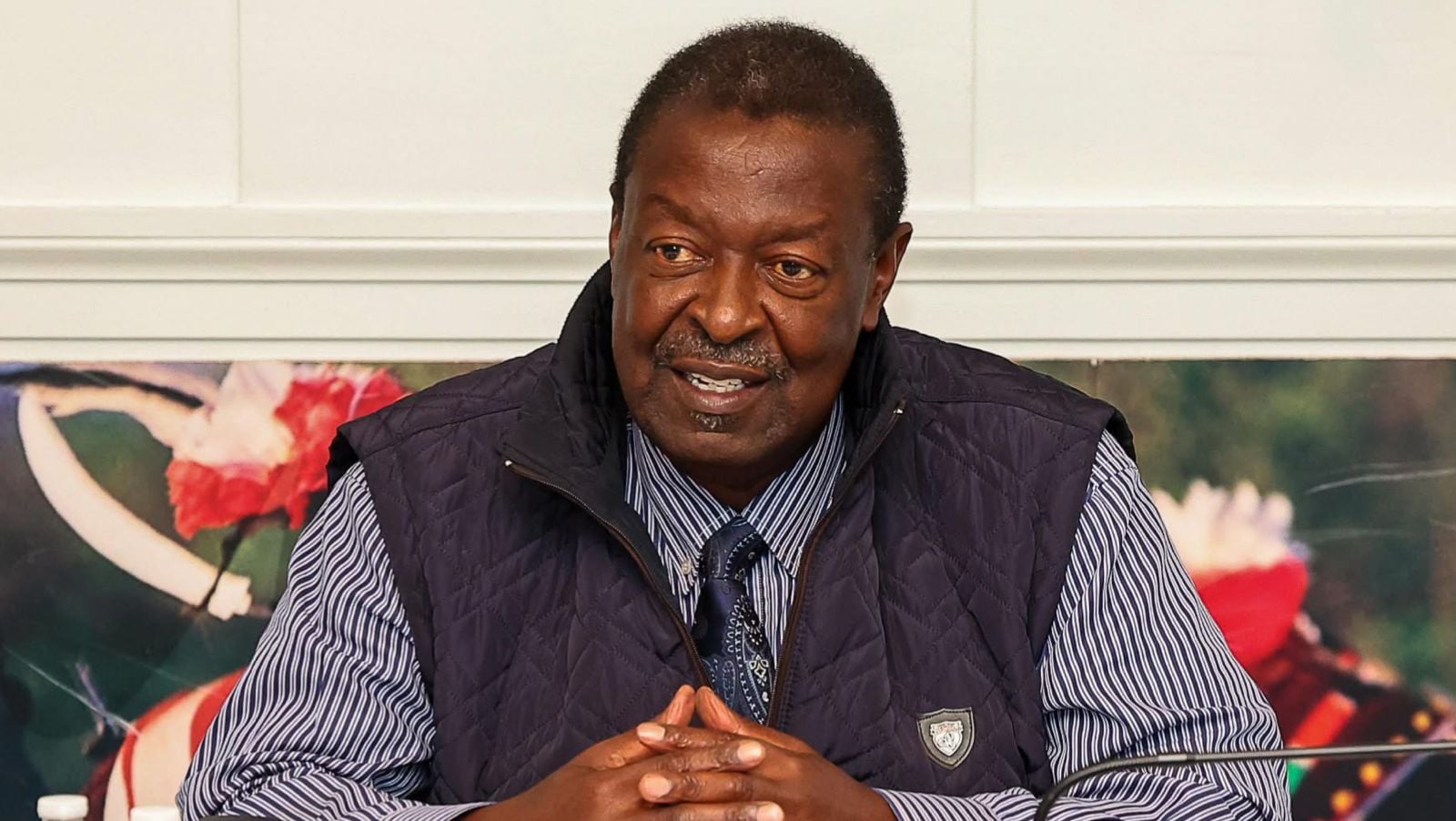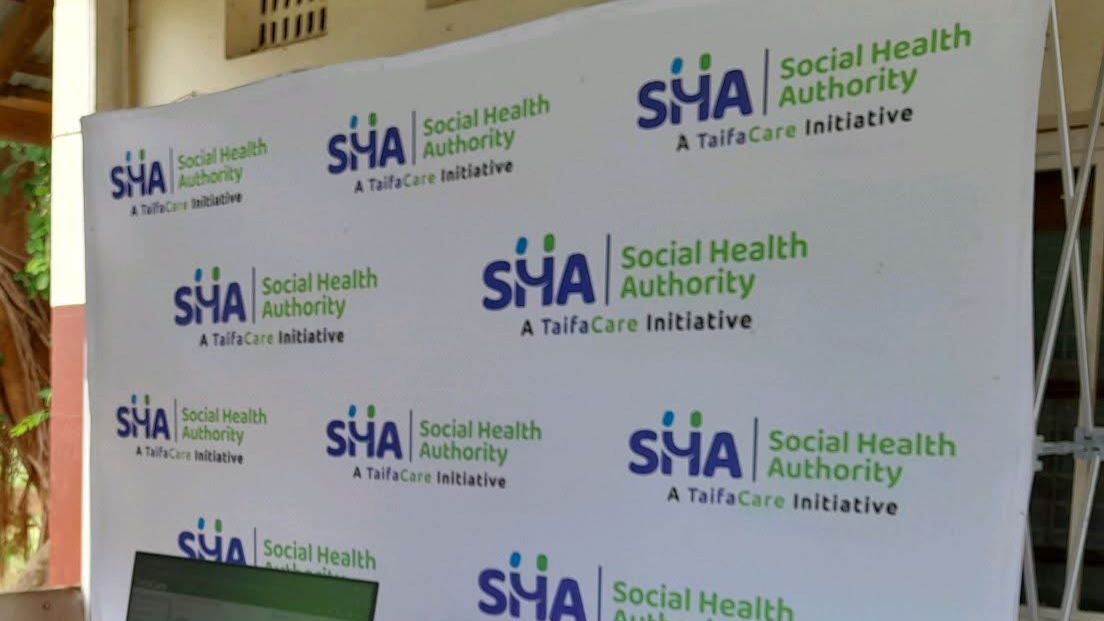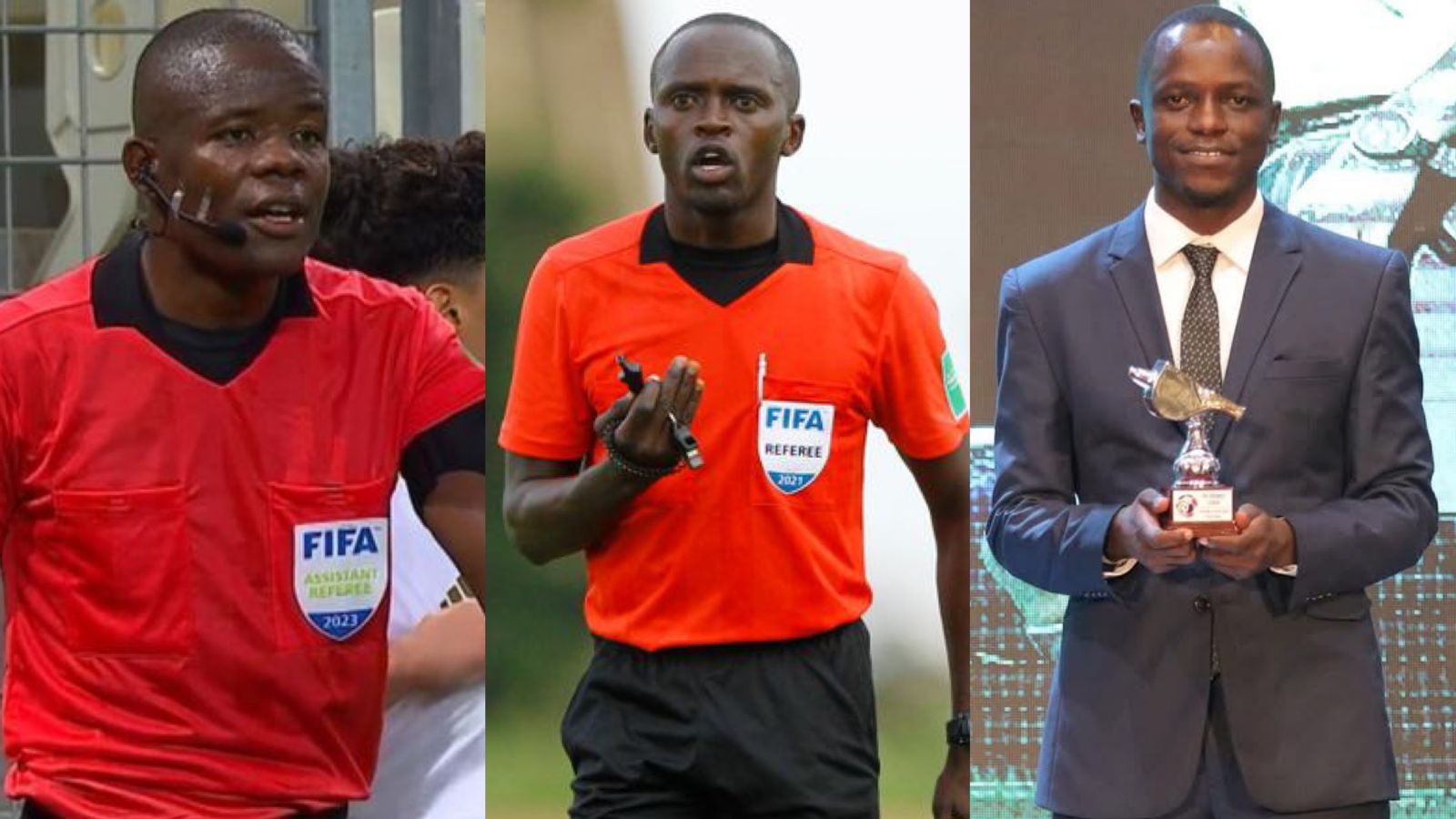By Victor Bwire
Strides have been made in the integration of services across the East African Community (EAC) member states over the years. It is particularly interesting to note the impact of a regional bloc approach on the development of citizens.
With the digitization of news and information and the adoption of sustainable approaches such as cross-border journalism, there is now significant information sharing across the region. Media content is being consumed seamlessly across countries, as digital platforms have erased traditional boundaries.
The proposed policy will aim to promote the free movement of accredited journalists within the EAC to enhance collaboration, information dissemination, and regional integration. Accreditation will be recognized if issued by a press council or media regulatory body in the journalist’s home country.
We encourage member states to harmonize accreditation for EAC nationals practicing journalism, using existing procedures and institutions. This would allow journalists to move freely, guided by a harmonized code of conduct for media practice. Once accredited in any one member state, a journalist would not be required to seek accreditation again in other member states where they are assigned. This model already exists in professions such as law and engineering.
Read More
A one-stop accreditation approach for EAC journalists is achievable through the East Africa Press Councils (EAPC), a regional platform of national media councils and regulatory bodies. The EAPC was established to promote a free, professional, accountable, and independent media environment across East Africa, aligning its efforts with EAC priorities. It brings together press councils from Kenya, Tanzania, Uganda, Rwanda, DRC, Somalia, and Ethiopia. The EAPC will be urging partner states to mutually recognize accreditation issued by its members, streamline accreditation processes, and eventually harmonize journalism training standards and codes of ethics.
It also proposes the creation of a joint committee to resolve accreditation disputes and share labor market data. Partner states, however, may restrict movement on grounds of public policy, security, or health, provided such measures are non-discriminatory and duly communicated.
More importantly, the development of a comprehensive media policy or standard alongside existing EAC structures, such as the customs union, common market, legislative assembly, judicial institutions, and council for higher education, should be prioritized.
The EAC has already institutionalized many organs, including the Inter-University Council of East Africa (IUCEA), East African Science and Technology Commission (EASTCO), East African Civil Aviation Safety and Security Oversight Agency (CASSOA), Lake Victoria Basin Commission (LVBC), Lake Victoria Fisheries Organization (LVFO), East African Kiswahili Commission (EAKC), East African Health Research Commission (EAHRC), and East African Competition Authority (EACA).
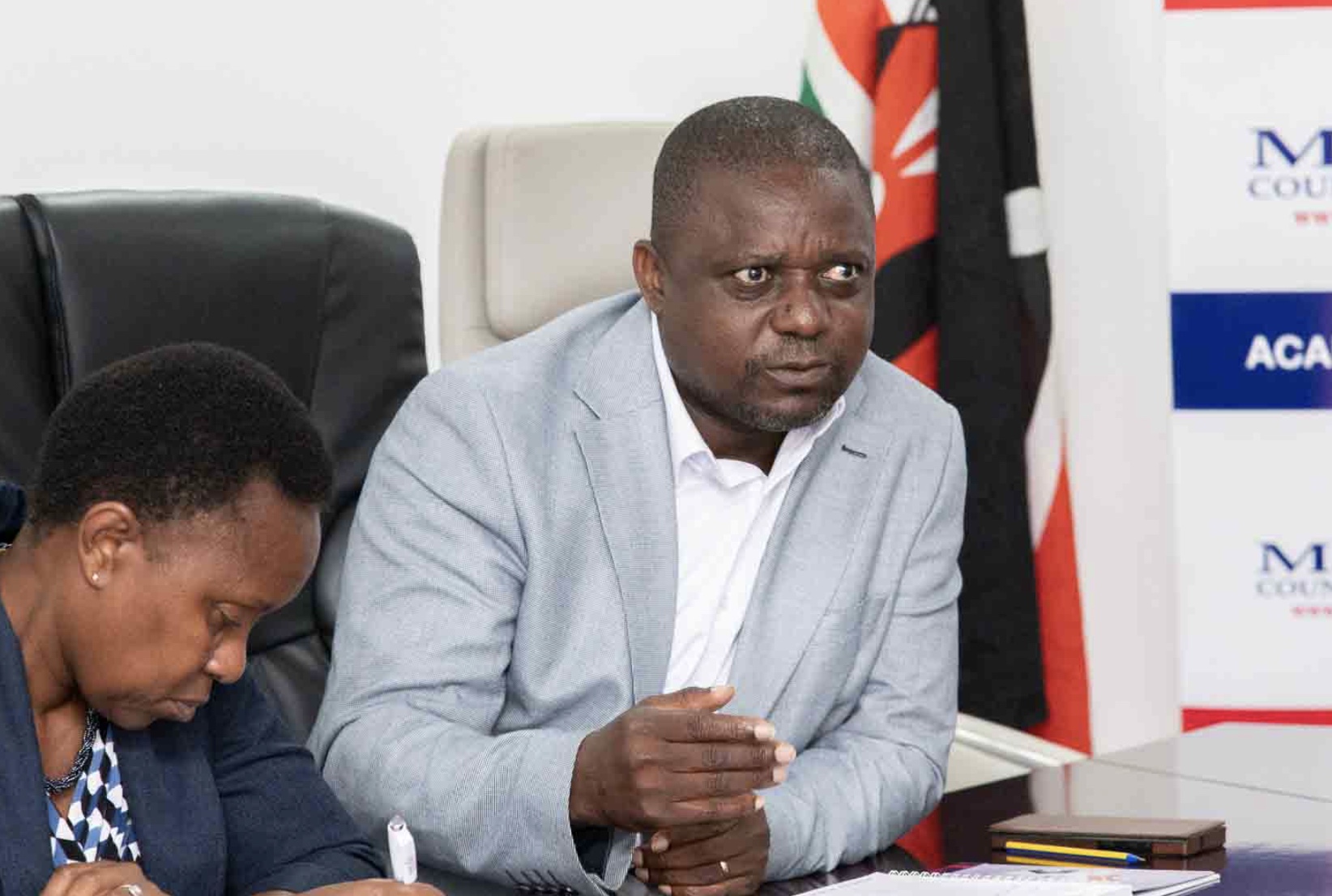
Media integration and circulation across borders has already increased, with human resource exchange, collaborative content production, and cross-border media products. Journalists often work across borders, sometimes facing challenges, but this has encouraged a healthy exchange of ideas. Even at academic levels, senior staff from universities across the region collaborate on journalism training and professional development.
With the African Union having developed a continental Artificial Intelligence (AI) strategy, African countries and regional blocs must move quickly to domesticate it. The strategy will be critical in guiding the digitization of media and shaping regulatory approaches.
Content regulation, information integrity, and the responsible use of digital platforms have become pressing issues as communities navigate an expanded space for freedom of expression and access to information. Despite global professional standards, some issues, such as harmful content, hate speech, disinformation, and insults, continue to cause concern.
Regulating content should not be seen as stifling innovation or technology. Rather, it is about ensuring that information shared aligns with national and international laws, minimizing conflicts while respecting freedom of expression. Indeed, in many countries, including Kenya, freedom of expression is subject to general limitation clauses. For example, Article 33(2) of the Constitution outlines the limits of free expression.
The proposed EAC media policy will be guided by Articles 2(2), 5(2), and 104 of the Treaty for the Establishment of the East African Community, which relate to the free movement of persons, labor, and services as pillars of the Common Market. These provisions guarantee the rights of workers and service providers, including non-discrimination, residence, and mutual recognition of qualifications. In this context, the policy will formalize the framework for the free movement of domestic and resident journalists within the EAC.
Mr. Victor Bwire is the Head of Media Development and Strategy at the Media Council of Kenya.
